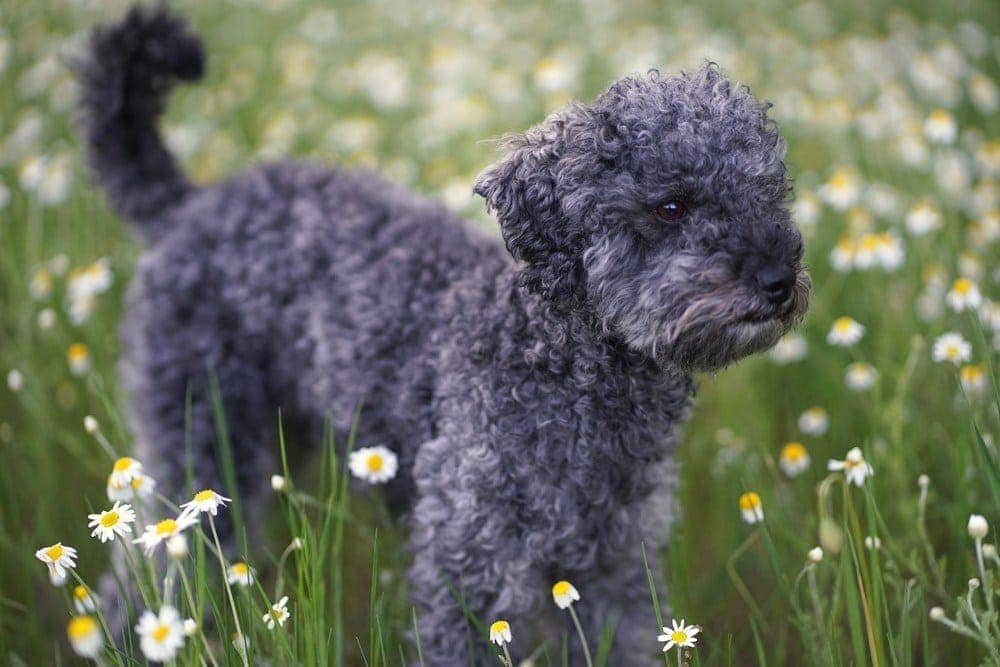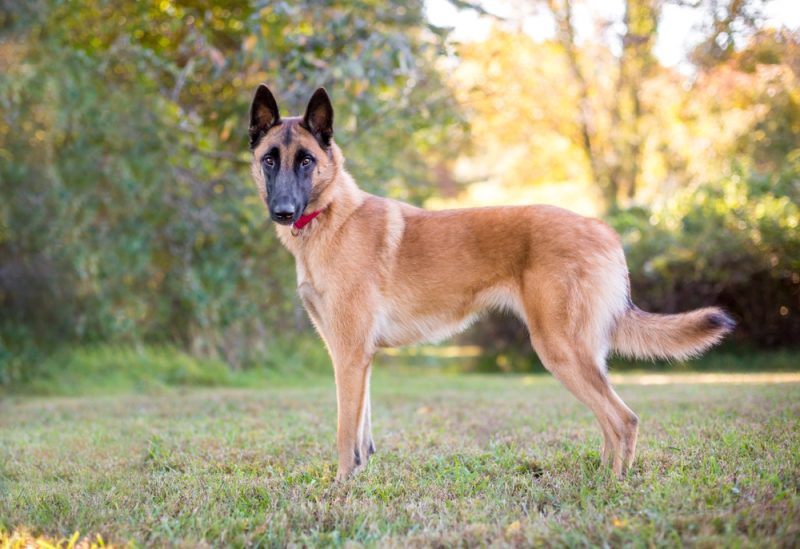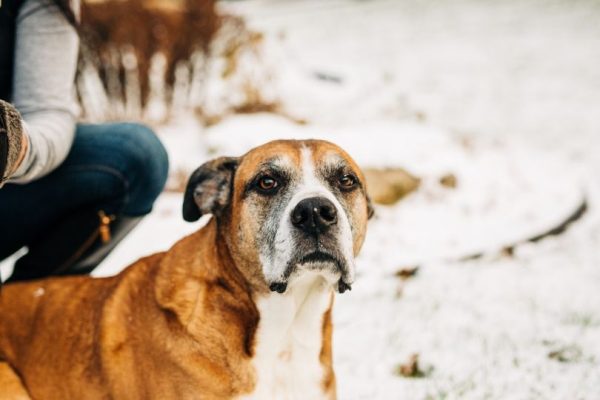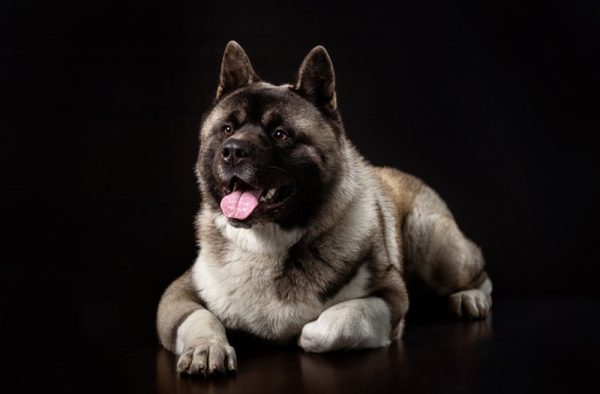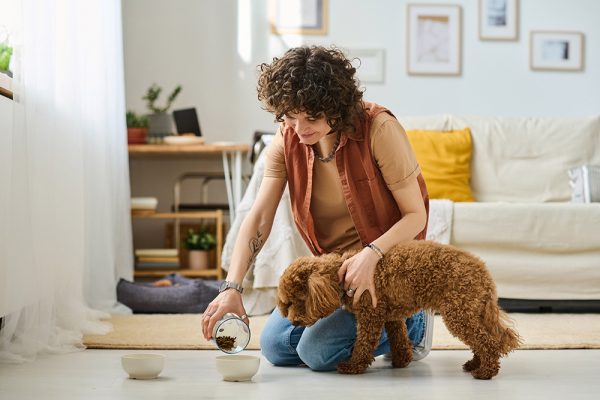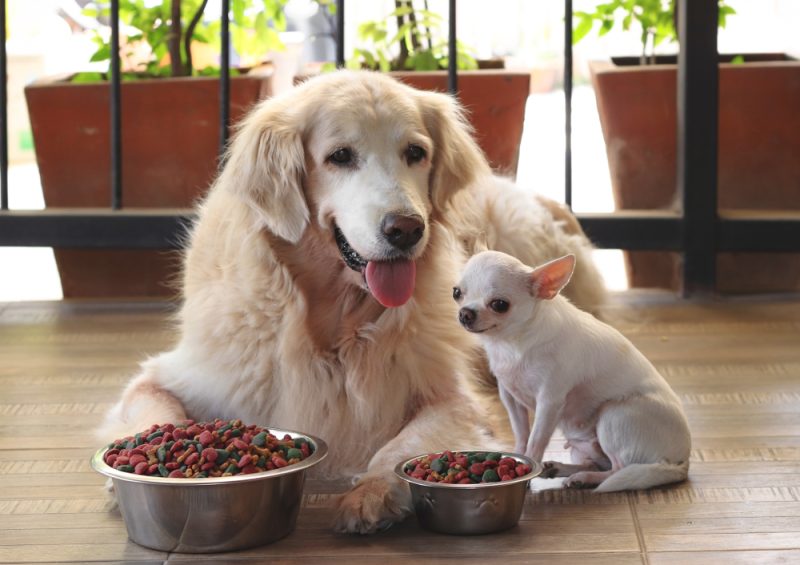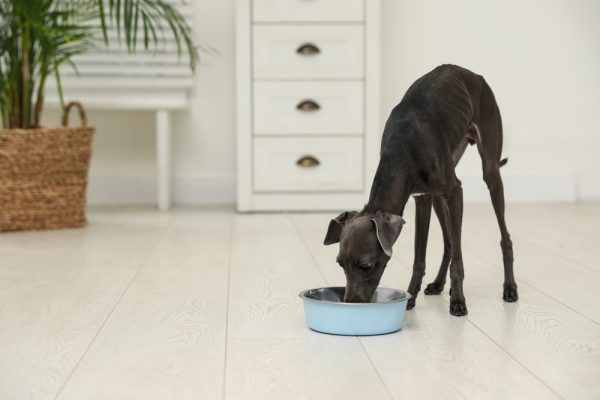In this article
View 6 More +The Poodle is a popular breed, regardless of their size or color. They are intelligent, loving pups that can be fun to own. Some people look for rare coat colors when choosing this dog, though.
Breed Overview
Height:
15–24 inches
Weight:
40–70 pounds
Lifespan:
12– 15 years
Colors:
Blue
Suitable for:
New dog owners, families with older kids, people with allergies
Temperament:
Intelligent, active, friendly, mischievous
Certain coat colors are not within the breed standard and can lead to health problems. Fortunately for people who like their pets to have unique coats, blue is an acceptable, albeit relatively rare, color for Poodles.
Blue Poodle Characteristics

The Earliest Records of Blue Poodles in History
The Poodle is the national dog of France due to their love of the breed, as well as the French influence in their development. The dog has been around for over 400 years, though, starting off as a standard-sized Poodle that served as a water retriever.1
Most Poodle colors have been around for a long time, and blue is no exception. This coat color is one of 11 accepted by the AKC, along with approximately a dozen non-accepted colors.2 Blue has been an accepted color of Poodles for over 100 years.
Interestingly, Blue Poodles are not truly blue; they are black dogs with a faded coat color. The blue color extends even to the dog’s skin, giving them a blue hue all over. However, the blue color often takes time to show. When young, Blue Poodles are usually black, but their coat fades as they age.
How Blue Poodles Gained Popularity
The Poodle has been a popular breed for hundreds of years. Originally, they were well-loved by hunters for their retrieving skills. The earliest Poodles were closer to the standard size we have today. Miniature and Toy Poodles were developed much later than the standard version.
When the Poodle breed became popular, people aimed to breed their best dogs. Some people also wanted a smaller companion version, though, and the breeding of smaller varieties began within the last couple of centuries. The Poodle’s loyal temperament among all their sizes has helped them maintain their popularity among dog owners.
Formal Recognition of the Blue Poodle
The AKC first recognized the poodle breed in 1887, just 2 years after the first breed was added, the Fox Terrier. Today, it recognizes over 200 breeds.
The three original coat colors for Poodles that were accepted by the AKC were black, brown, and white. While blue is just a diluted black, blue was not considered an acceptable color in the breed for a while. This means that a Poodle may have shown potential when very young due to their black coat but then lost that potential by the time they reached maturity.

Top 3 Unique Facts About Blue Poodles
1. Blue Poodles are purebred Poodles
Some people believe that having the blue coloration must mean they are mixed with another breed, but this isn’t the case. The fading of the Poodle’s black coat to blue is related to genetics.
2. Silver and Blue Poodles are not the same
Blue Poodles have a gene that leads to the fading of their coat. However, Silver Poodles have two genes that create the silver coloration.
3. Blue Poodles may have a brown coloration in bright lighting
Blue Poodles usually have brownish highlights in their coat, but these may not be noticeable except in certain lighting conditions.

Do Blue Poodles Make Good Pets?
The Poodle is a fantastic dog to own, and those with a blue coat are no exception. This breed is loving and loyal and often very active. Standard Poodles are more likely to be highly athletic than the smaller varieties, but you may also find yourself with an agile Miniature or Toy Poodle. Just make sure you are willing to provide appropriate grooming and upkeep of the coat before bringing this breed home.

Closing Thoughts
Blue is one of the AKC-accepted coat colors in Poodles. This color is somewhat rare, though not the rarest. Blue Poodles are simply Black Poodles with a gene that causes their coat to lighten, leading to a blue coloration. They are not the same as Silver Poodles, though.
- See also: Apricot Poodle
Featured Image Credit: Sarhara Frost, Shutterstock
